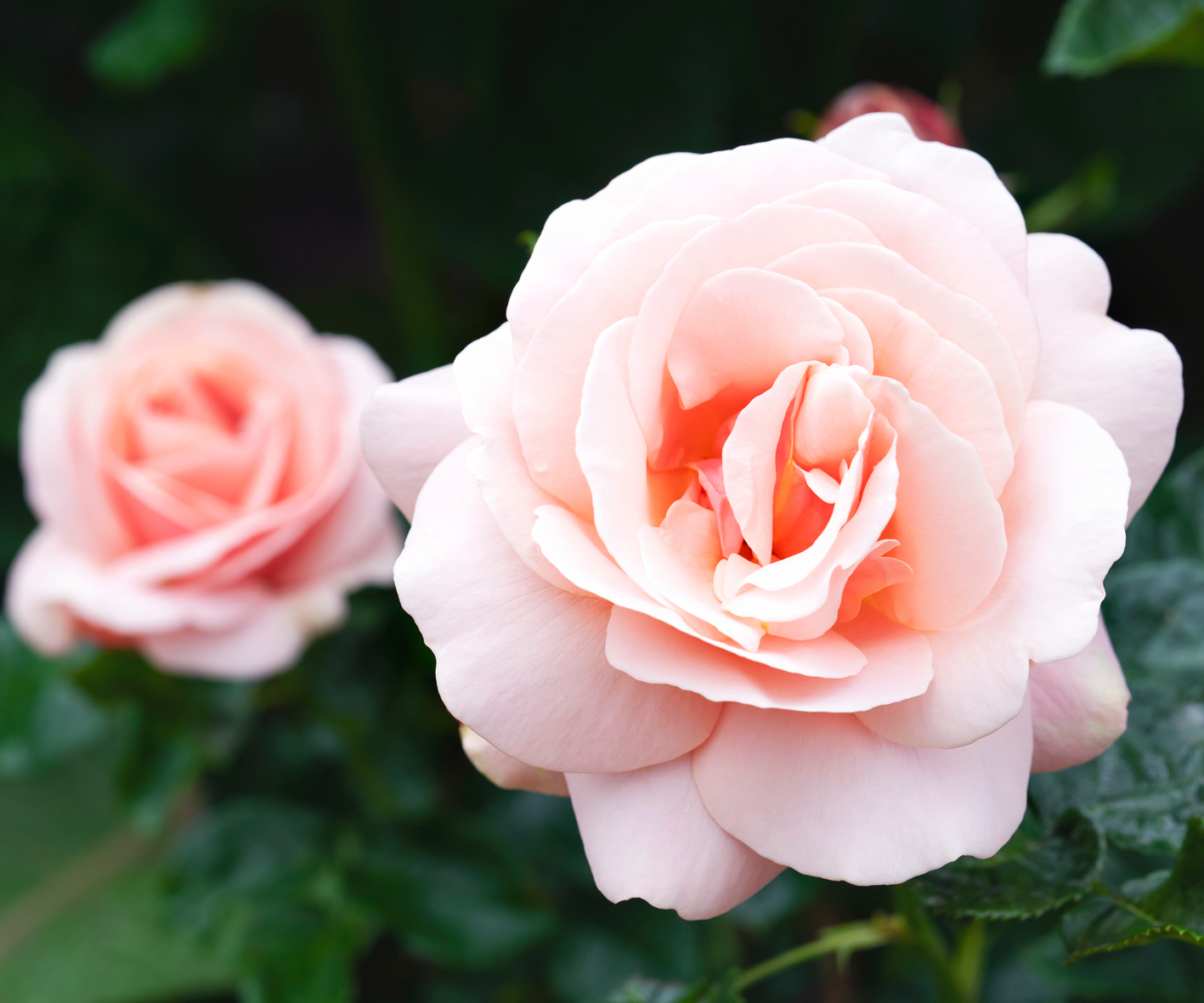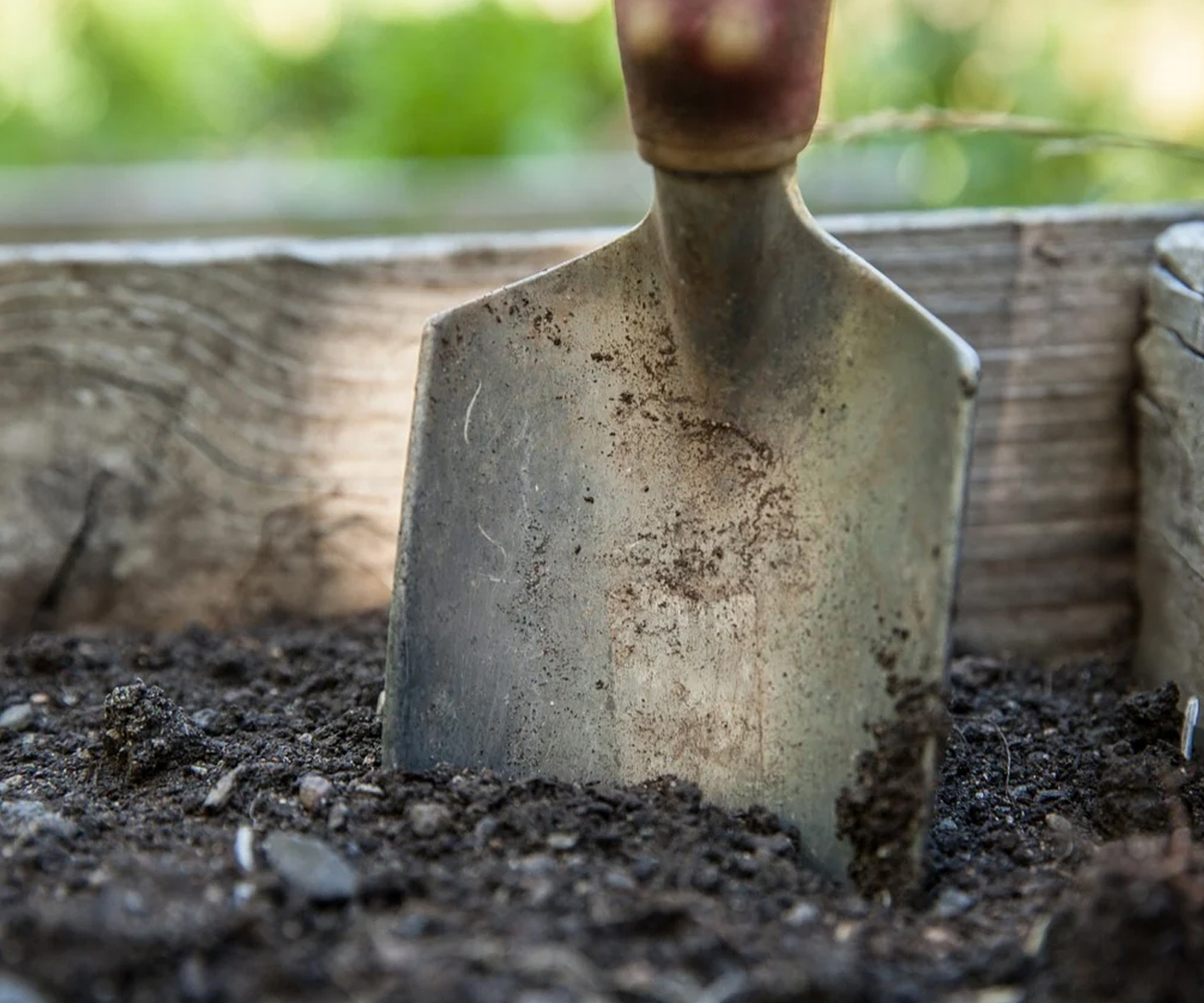Roses – What variety best suits you and your garden?
Roses are a classic and beautiful addition to any garden. They are the most widely bought flowering shrub, but with over 30,000 varieties of roses the choice can be bewildering. Let’s take a brief look at the main rose types to help you decide which rose is right for your garden.

Ground Covering
Compact plants that produce an abundance of small, pretty blooms. Distinguished by long branches that spread horizontally, they are repeat-flowering and ideal for low borders and mass plantings.

Patio
A compact plant with clusters of smaller blooms that tend to repeat flower throughout the Summer and early Autumn. They are ideal for small gardens and perfect for containers, requiring little maintenance.

Hybrid Tea
They boast large single flowers, prized for their beauty and scent. The flowers are held on long straight stems which makes them ideal for cut flowers. The shrub is free branching and upright so perfect for beds and borders. There is an impressive array of colours available most with great fragrance.

Floribunda
They produce profuse clusters of flowers, many of which are scented, atop a bushy plant. The blooms are not as large at the Hybrid tea but more than makeup for it by the amount of blooms that are offered from early summer all the way through to early winter.

Shrub
They offer clusters of large blooms with an ‘old rose’ character, flower generously from summer to autumn, many are scented. Modern shrub roses have been bred often from old -fashioned roses to provide repeat-flowering, disease resistance and a great range of colours.

Celebration
Roses for special occasions, varieties chosen for their strong features and many are scented. There are a huge array of roses that can be gifted for any occasion – ‘Wedding Day’ ‘All My Loving’ ‘Golden Celebration’ ‘Celebration Time’ ‘Sweet Remembrance’ to name just a few.

Climbing
It’s a beautiful sight to see a climbing rose scaling a wall or archway in a garden. They are vigorous shrubs with long, arching stems that can be trained easily to cover walls, trellis, obelisks, archways or fences. They produce an abundance of large, single or clustered flowers and most repeat flower. Many scented varieties are available that produce a cloud of fragrance in summer.

Rambling
They are vigorous shrubs that typically produce a mass of small often fragranced flowers held in large sprays offering a single but long-lasting bloom. They have long arching stems which can be easily trailed up a trellis, over an arch or doorway or to disguise an unsightly feature in a garden with a cascade of beautiful flowers, it makes quite a show.

Standard
Real statement plants for borders or containers, they have a long tall stem topped with foliage and flowers and many are scented. They add instant height to a border and can create a real talking point if planted in large containers either side of a front door.
How to care for your Roses.

Soil Improvement
To get the most out of your rose plant it’s important to ensure the soil is prepared well prior to planting. Dig in plenty of organic matter, we recommend well-rotted manure which will help ensure strong, healthy growth.

Mulching
Mulching helps retain water in the soil, adds nutrients and also helps discourage weeds. We recommend you mulch from March onwards but feed your roses before you add the mulch. We recommend bark chippings are used, apply 1-2 inch of mulch around the base of your plant.

Feeding
Feeding your roses will promote growth and encourage flowering. We recommend you use slow-release pellet rose food and just sprinkle onto the soil. The nutrients are released over time providing all the plant needs to stay healthy. Your rose will benefit most from a feed late March/early April before the leaves are fully open. If your rose is a repeat flowering variety it will appreciate a second feed after the first flush of blooms.

Deadhead
Deadheading your rose will encourage further flowering and improve the appearance of your rose. Cut, snip or pinch off the finished flowers throughout the flowering season.

Pruning
Pruning roses is important to keep your plant healthy and in good shape, it promotes stronger and larger blooms for the following season. As a general guide, we recommend you prune late February, early March. Make cuts about ¼ inch above the bud eyes and remove any twiggy or unhealthy branches. Always use good quality, clean, sharp secateurs.

Watering
The amount of water your rose will need throughout the year will vary dependant on how much rainfall we have had. As a guide we suggest;
- Newly Planted Roses – March to May, every two or three days. June – September, every other day
- Established Roses – March to May, once a week. June to September, once a week.
Considerations
Roses are a very versatile plant, when considering planting position we recommend you consider the following:
- Available space – consider carefully the space you have available for the plant and choose accordingly taking into account likely growth & spread
- Sunlight – roses thrive in a sunny spot so think carefully about the amount of sunlight the plant will receive in your chosen position
Take a look at the adjacent Rose Care Calendar. We are sure this will help you organise your roses throughout the year, keeping them healthy ensuring a full and long flowering season.
Still need advice? Give your local British Garden Centre a call. Our friendly plant experts are on hand with advice for anything you need in the garden!






























